Whenever a brand new drone is released, YouTube is flooded with videos promoting various versions of ND Filters. Despite the drone being new, the ND filters haven’t changed; they’ve been doing the same thing since their invention. The only difference now is that they’ve been shaped to fit the front of the brand-new drone with its new camera. There are many versions, and different companies make various bundles, some of which can be quite expensive.
Here’s my advice on how many ND Filters you really need
Take Polar Pro’s Director’s Collection for the DJI Mavic 3, for example. This is a pack of nine filters that sells for a whopping $399. Sure, they look cool, and yes, the glass is top-of-the-line, but this pack gives you way more than you actually need and basically costs as much as one of DJI’s mini drones.
Freewell, on the other hand, has a pack of filters that also looks cool. It gives you a black and red vibe, still has great glass, and comes with 12 ND filters but at a price of $259. This is a much better deal, but I still think it gives you way too many options than you actually need.
I believe these companies selling ND filters kind of take advantage of people who want to fully accessorize their drone. There are people out there who want to buy a hard case, a backpack, ND filters, little landing legs, and anything else they possibly can to try and make their drone function better and shoot better photos and videos.
To me, I dislike the accessories. I usually just leave them off. I’ve got one backpack; I throw my drone in there, and that’s all I need. I usually allocate my funds to buy extra batteries to give me more time to put my drone in the air to capture those photos and videos.
Now, don’t get me wrong, I think ND filters are a must-have for anyone serious about capturing video with their drone, but spending hundreds of dollars on filters is just totally unnecessary. Generally speaking, I believe you really only need to carry three ND filters at different intensities to help you properly expose your video, no matter what scenario you find yourself in. These different ND filters can vary depending on the drone you use, as some of these drones have different apertures than others, but we’ll explain more about this later. I want to quickly jump back and analyze what comes in those different filter packs from Polar Pro and Freewell to understand how many options they come with and what you flat-out don’t need.
Polar Pro ND Filters
So, how about we start by taking a closer look at this nine-filter collection from Polar Pro? It’s their Director’s Collection for the Mavic 3. We’ve got the circular polarizer, the ND8, 16, and 32 polarizers. We’ve got the standard ND8, ND16, and ND32. You’ve also got the variable ND 2:5 and the variable ND 6 to 9, and that’s just a whole lot of stuff that nobody really needs.
For $400, you could go and buy two batteries, pick up a couple of ND filters that are cheap, and be good from there. In my opinion, this is a total waste of money. Really, all I would need out of this entire collection is probably the ND32, and the rest I could do without. I’d reach for this big case just to pull out one filter for pretty much every single time that I fly my drone. I don’t like using the variable ND filters or the polarizers because you’ve got to adjust them while on the ground, put your drone up in the air, make sure you’ve got everything properly set, and then land it if you need to make any adjustments, which is annoying to me.

Freewell ND Filters
Now, jumping over to Freewell’s pack, here we do have 12 filters, but this is where things start to get very cumbersome. I’ll put a list of everything they include up here on the screen, so I don’t need to read through everything, but personally, I would probably only choose the ND32 and maybe the ND1000 or ND2000. For me, I switch back and forth between 1,000 and 2,000 sometimes, depending on how slowly I want my shutter to drag. But everything else in here—the light pollution filter, the gradient filters, the gold mist filters—those things I would never put on my drone because they wouldn’t suit the style of flying and shooting that I like to do. So, with this again, this is a total waste of money. Just give me one filter, and I’d be good to go.

Now, to give these companies the benefit of the doubt, you don’t need to go and buy their mega pack or their collector’s edition of all their filters put into one bundle. You can just buy the filters you need. So, for example, Polar Pro has a three-pack filter set for the Mavic 3 Pro, which is the ND8, the ND16, and the ND32, for about $130, which is less expensive than what DJI sells their own filters for. But DJI does give you one extra filter in their set. But at that point, it’s just splitting hairs.
I think the main problem here is that these filter companies try and take the same filters they’ve manufactured for their regular cameras or mirrorless cameras and transfer them over to drone cameras, hoping they have the same effect when there’s a big difference between what you shoot with your mirrorless camera and what you shoot with your aerial-based drone.
So, the filters like the gold mist filter, the variable ND filters, the polarizers—these things that work so well on mirrorless cameras just really don’t transfer well over to drones. I have two great variable ND filters from Moment that I keep in my bag and actually get really great use out of. One is an ND 2 to 5 stop, so that is an ND4 to ND32 all-in-one filter. The other is an ND6 to 9 stop, so that is an ND64 to ND512 all in one filter.
This variable ND is great because I can reach out to the front of my lens and directly change my exposure as necessary without impacting my camera’s exposure setting, so I don’t need to change my shutter speed, my ISO, or my aperture.
Why do you need an ND Filter anyway?
I think at this point, this should probably go without needing to be said, but the ND filter’s purpose is to help you control the amount of light that enters your camera’s sensor. It helps you better control your exposure settings to get the look that you want from your camera, and the level of darkness is measured by stops of light or the different numbers that each filter is given.
This means that you can keep your shutter speed at double your frame rate to get natural-looking motion blur in your videos, and it allows you to keep your aperture low to get that beautiful bokeh or background blur that really isolates your subject.

If you ditched an ND filter in favor of a high aperture, you’d start to show a lot of sensor dust, and that background would be sharp, making it hard to pay attention to the subject in your frame. So, variable ND filters, polarizers, or really any of those stylistic filters that work really well for mirrorless cameras just don’t translate well over to drones because of your distance away from the subjects that you’re usually shooting.
I’ve tried Polar Pro’s blue morphic and gold morphic lenses in the past, and they really just don’t give me the look that I want. It would never be a filter that I go and use, and therefore, it would just take up space inside my bag.
The ND Filters that I recommend
So now, let’s get into the filters that I actually use, the filters that you actually probably want to buy and keep in your bag.
Okay, so the three filters that I’d recommend purchasing are the ND16, ND64, and the ND1000 filter, and that’s it. Those are the only filters that are really going to make an actual difference when properly setting the exposure of your camera.
Now, I will jump in here with a small caveat: if you own a drone that’s like the Mini 4 Pro or the Air 3, or even the Mini 3 Pro, that has a 1.7 aperture, I might recommend bumping up that ND6 filter to an ND32 filter, but you can get away with either of them and still get great-looking images.
Now, I already know what somebody’s going to comment down below: “Why don’t I just buy one variable ND filter, and that’s all that I need? That’ll cover me through and through. I can adjust my exposure by changing the intensity of the ND filter right there on the drone.”

To which I would say, you kind of have to buy both of the variable ND filters. You can’t just get by with the 2 to 5 and then the 6 to 9 variable ND filter because the 2:5, in my opinion, can be too bright in certain scenarios. Like, you’re never going to be using an ND4 filter, right? It just really isn’t that necessary.
And also, on the other end of the spectrum, going from ND64 all the way to 512 from that 6 to 9 stop filter is just way too dark for everyday flying. So, you’re stuck needing to carry two filters anyway, and it’s kind of a hassle to make sure that you’ve got it set properly, land the drone, and then need to change it. It’s just something that I personally don’t want to deal with.
I mean, let’s be real, can you actually make full use of your variable ND filters on a drone? I mean, I mentioned how much I enjoy using my variable ND filters for my Sony A1, but that’s because I can directly reach to the front of my lens at any time and change it on the fly. When I fly my drone, on the other hand, I would have to fly it all the way back to where I am, land, adjust the ND filter, and then take off again.
I mean, when I’m there on the ground, I can’t get a good sense of what my exposure would be anyway. Your camera might be looking at a wall, a bench, or whatever it is, but when I take off and look at what I’m shooting, say, a building, I’m going to have to make an adjustment anyway.
This is why a drone like the Mavic 3 Pro was chosen by a lot of professionals. It’s because of its adjustable aperture on its main camera from f/2.8 to f/11. This means that I can properly set my shutter speed and my ISO to get the most realistic motion blur with the least amount of noise possible and then adjust my exposure just using the aperture.
Now, as I demonstrated before, adjusting the aperture on a mirrorless camera can have a huge effect on your image, but it has very little effect on the photos and videos that you capture with a drone. Like, if I’m taking a video of a building with my drone, there isn’t going to be any depth of field. Everything is going to be in focus no matter what my aperture is. I will say, however, that using a lower aperture, specifically on the Mavic 3, leaves the corners looking a little soft, whereas the images captured when you shoot with a higher aperture are sharper throughout.

So here’s the overall point that I’m trying to make: exposure, as it relates to images captured with a drone, is wildly different than exposure as it relates to images captured with a ground-based mirrorless camera. Like, if I wave my hand in front of the camera with a high shutter speed compared to a low shutter speed, you can see the difference with the motion blur. Using a shutter speed that is double my frame rate makes the motion so much more natural-looking.
From a drone standpoint, though, when I am 100 feet away from, say, cars moving on a highway, the difference between a high and low shutter speed just doesn’t have the same drastic difference as if the motion was closer to the camera.
Now, I can say that as my drone gets closer to my subject, it will matter more and more. For me, this makes a big difference when I’m flying my drone close to a moving train, a moving boat, or even moving construction equipment. It also made a big difference when flying FPV, like when I’m skating along the ground at top speed. The motion blur from the proper shutter speed makes it feel like I’m moving much faster than I actually am, giving you this really awesome look on the ground.

The point I’m trying to get at here is that the consequences will be far less severe if you don’t perfectly set your shutter speed and ISO when capturing images with your drone as it would be, say, with a mirrorless camera, where your subject is going to take up so much more of the frame.
Again, with the waving hand, you could easily see that my shutter speed was way too high. It just looked like a fake video; it almost looked like stop-motion. But with a drone, on the other hand, if you have to jack up your ISO or your shutter speed to properly expose your image, it’s not going to have that big of an effect over the end result.

ND16, ND64, ND1000
So, let’s get to the point. The three ND filters that you need: I recommend the ND16 for everyday flying, whether it’s an overcast or sunny day. This puts you in the sweet spot for being able to properly set your exposure and make subtle adjustments to the shutter speed or ISO. Remember, I mentioned that if you have to slightly bump the shutter speed up to even 1/200th of a second, it’s not going to totally ruin your shot, and this gives you the opportunity if you’ve got the Mavic 3 Pro or really any drone with a variable ND filter, to properly adjust your exposure perfectly using that variable aperture instead of your shutter speed.
The ND64, on the other hand, comes in handy for those drastic situations where you’ve got to deal with a bit more light. So, for example, if the sun is low in the sky and you’re capturing the sunset, or if you have harsh highlights to deal with, this can also be key if you’re on the beach and you have the sun blasting off the sand, or in the wintertime when the sun is beaming down on the snow. You’d be surprised at how much that can really mess with your exposure, and the darker ND filter, the ND64, really does come in handy.

And now, finally, the ND1000 filter. This is perfect for slowing down your shutter speed when taking photos during the day for long exposure photographs. So, this is definitely a bit more niche. You probably know that I love taking my hyperlapses that get posted over to my Instagram, and in order to get the exaggerated motion blur during the day, you need to slow down your shutter speed, like you need to drop to half a second, and for that, you need to use a really dark ND filter, like the ND1000, or maybe even sometimes the ND2000 can be helpful on those really bright days.
One ND Filter won’t cut it
And so, here is where the issue lies: you typically can’t just go and buy one-off ND filters from these companies; you’ve got to buy them in a pack. So, you can’t just go and buy one ND16 filter or one ND64 filter. You can, however, usually find one ND1000 filter because, again, they’re so niche that they usually just sell them separately, like this Freewell ND1000 filter for the Mavic 3 Pro I bought for 30 bucks. Good deal, right? You’ve got great glass; it’s a great build quality; that was a good purchase there.
But then, like, what do you do from there? Like, what is the best pack to purchase? Usually, I’d recommend just buying them directly from DJI. They give you a great set of ND filters; they match the drone; they’ve got great quality glass; they’re great. You’re right from the manufacturer, so that’s the route that I would go: just get them right from DJI. If you buy the Fly More combo, usually your drone will include those ND filters, so you’re good to go right off the bat, and then maybe from there, you might just want to buy that niche ND1000 filter.
But this video was just an entire rant. I think that ND filter prices are out of this world; they’re absolutely through the roof, and I hate seeing people spend hundreds of dollars on ND filters when they buy a new drone because they think they need it when really, you only need three of them, and you can cheat the exposure a little bit as well.
So, I hope that my rant slash tutorial helped you here, hopefully, it saved you some money, hopefully, it helps you properly expose your images in the future.
Anyway, thank you guys so much for watching, and as always, I’ll talk to you later. Peace.
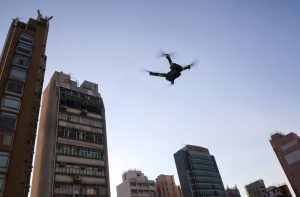
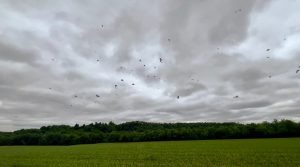
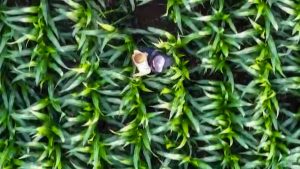


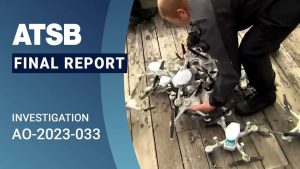

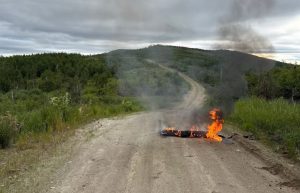
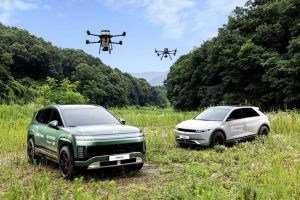


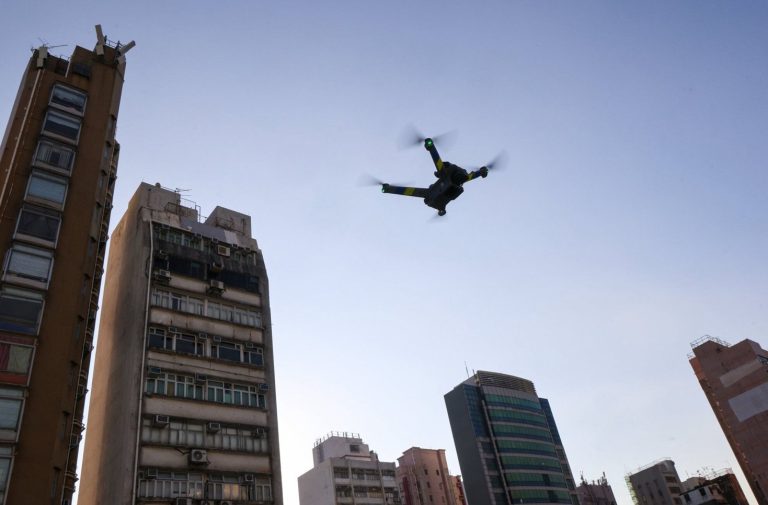
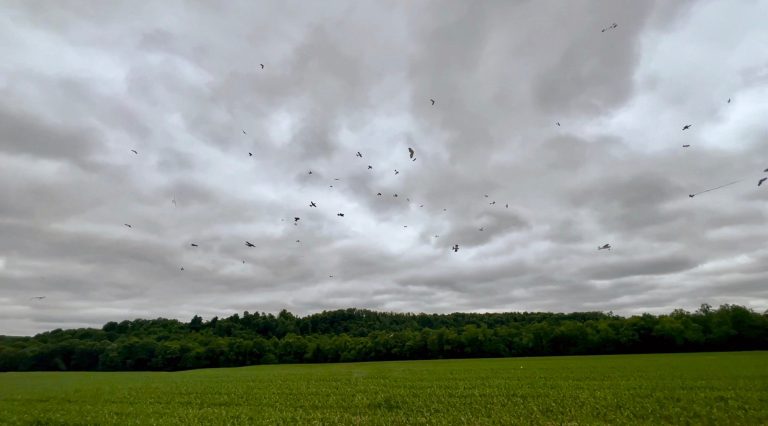
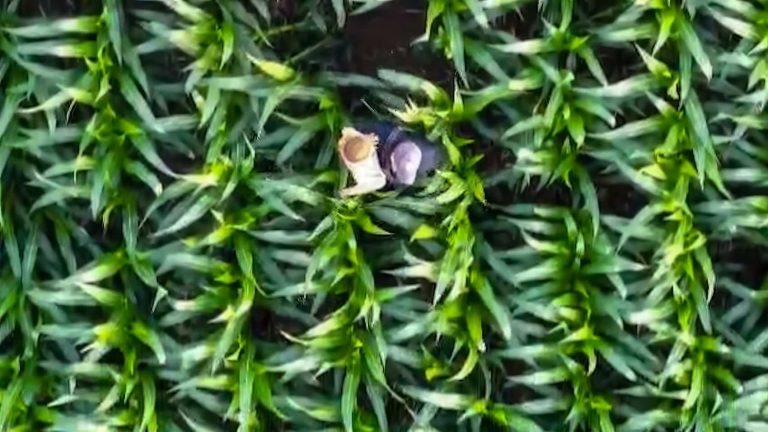

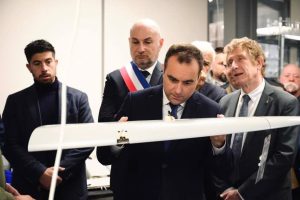
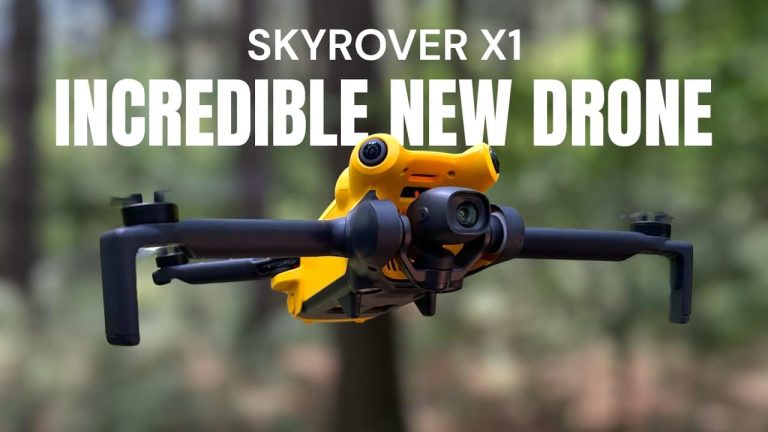
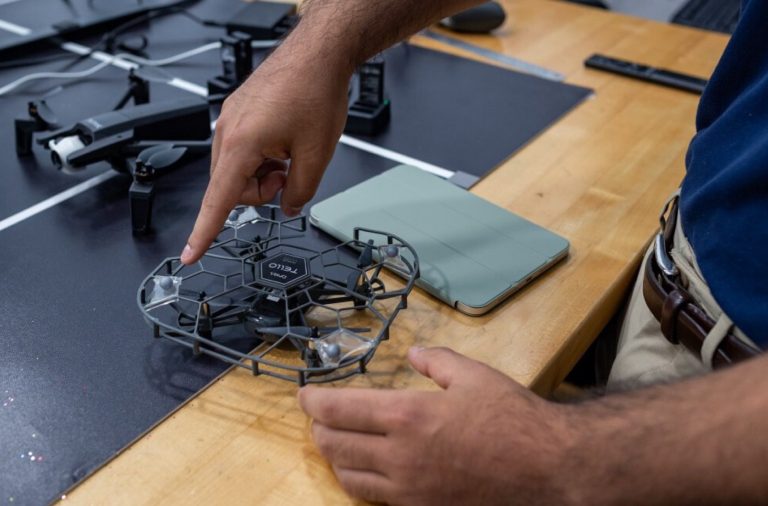
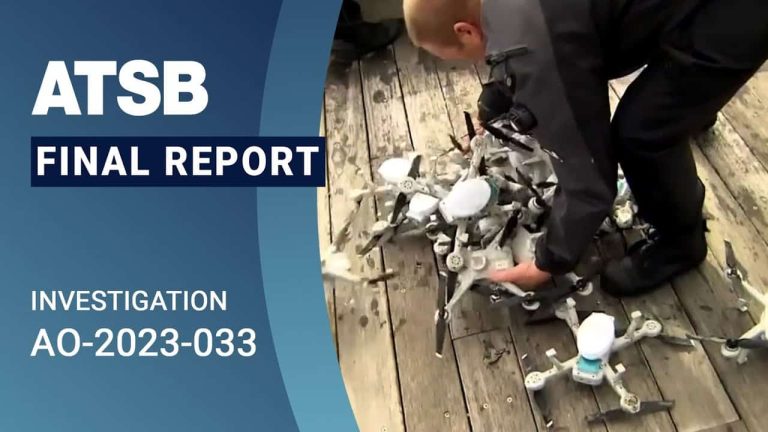
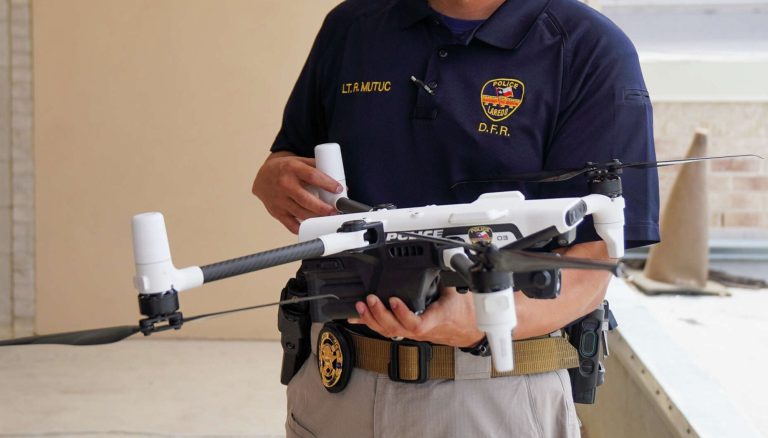
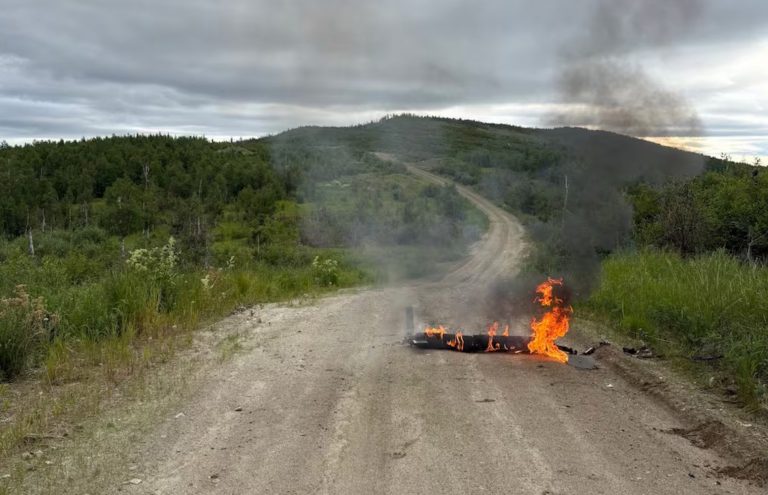
+ There are no comments
Add yours